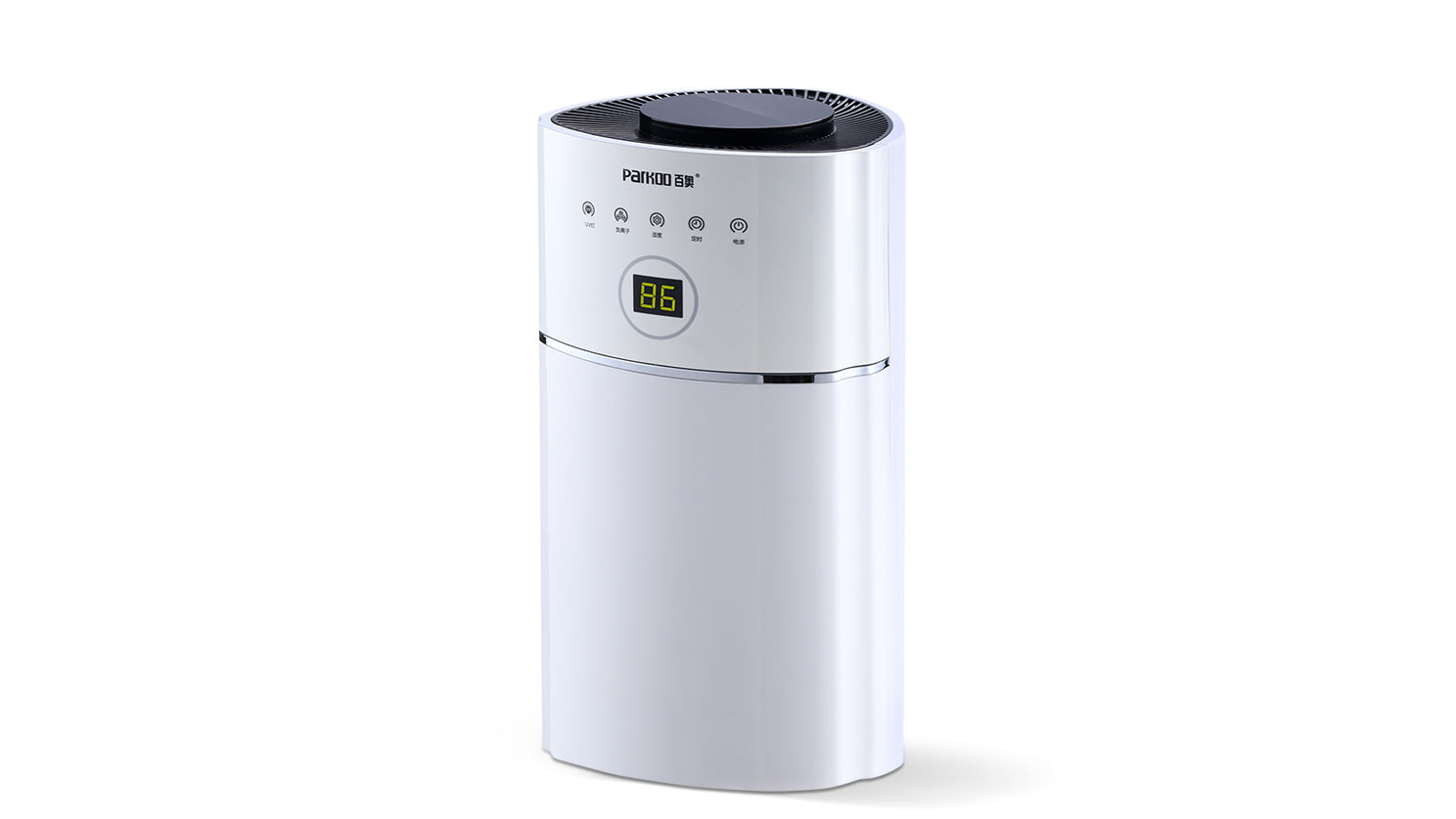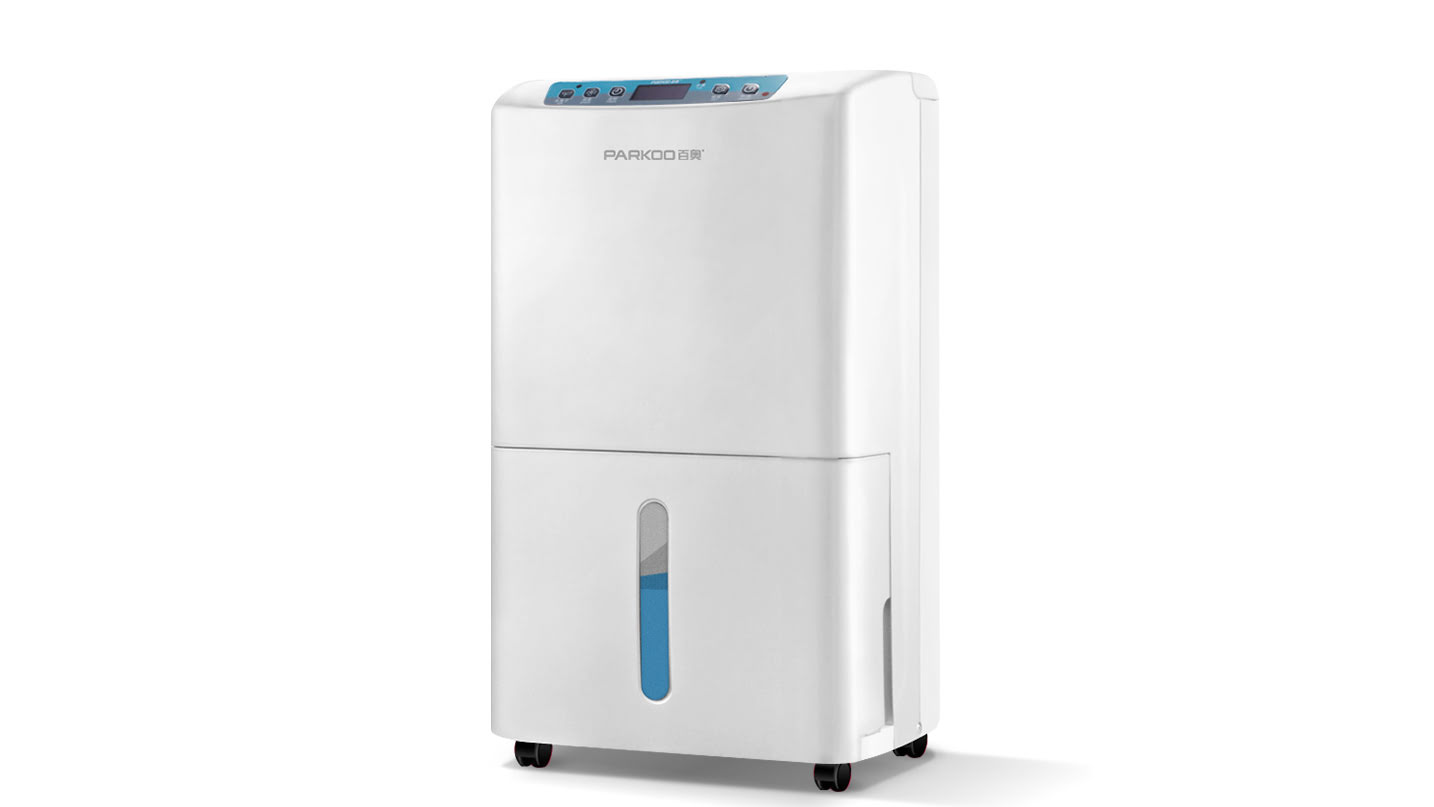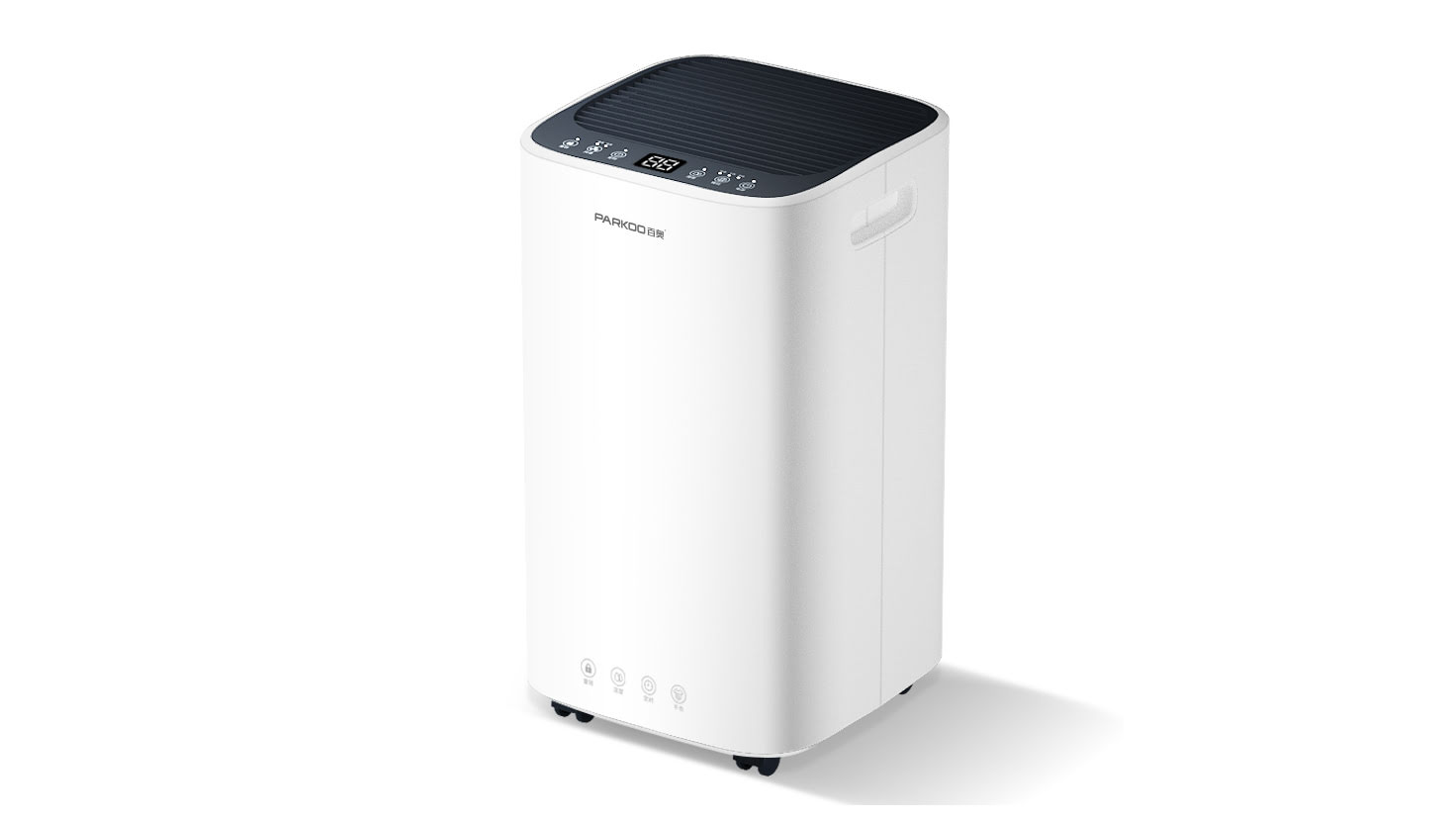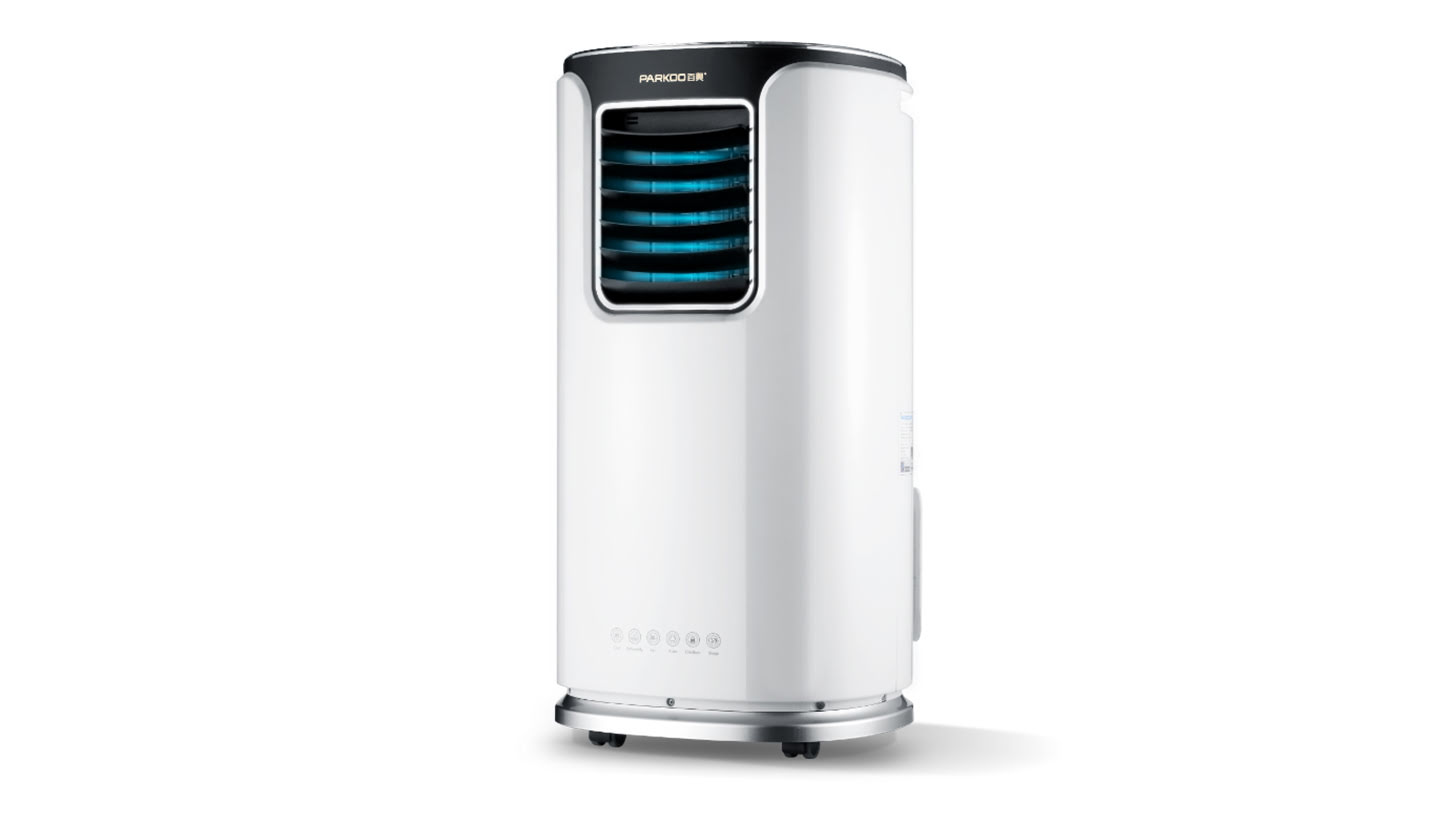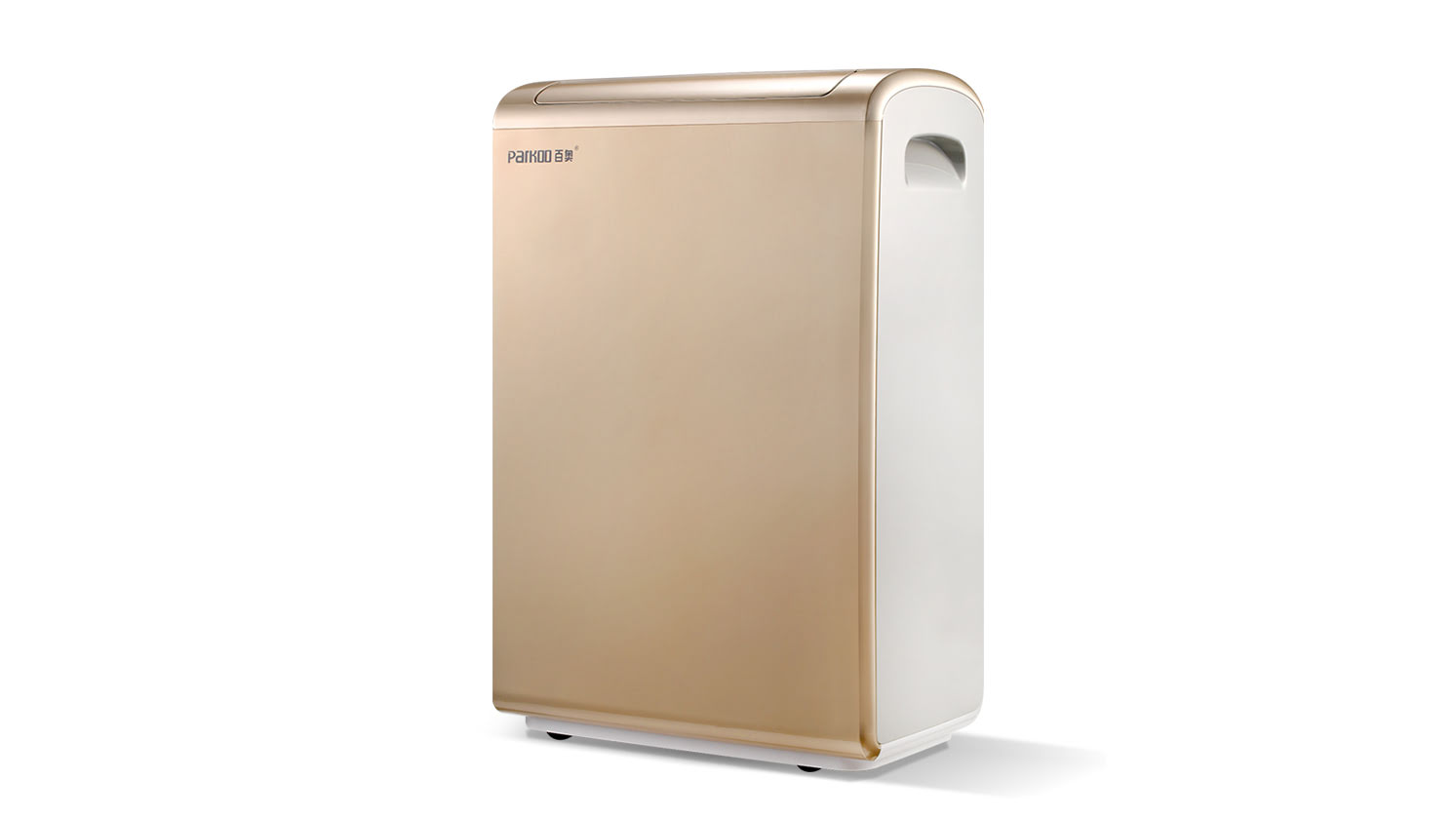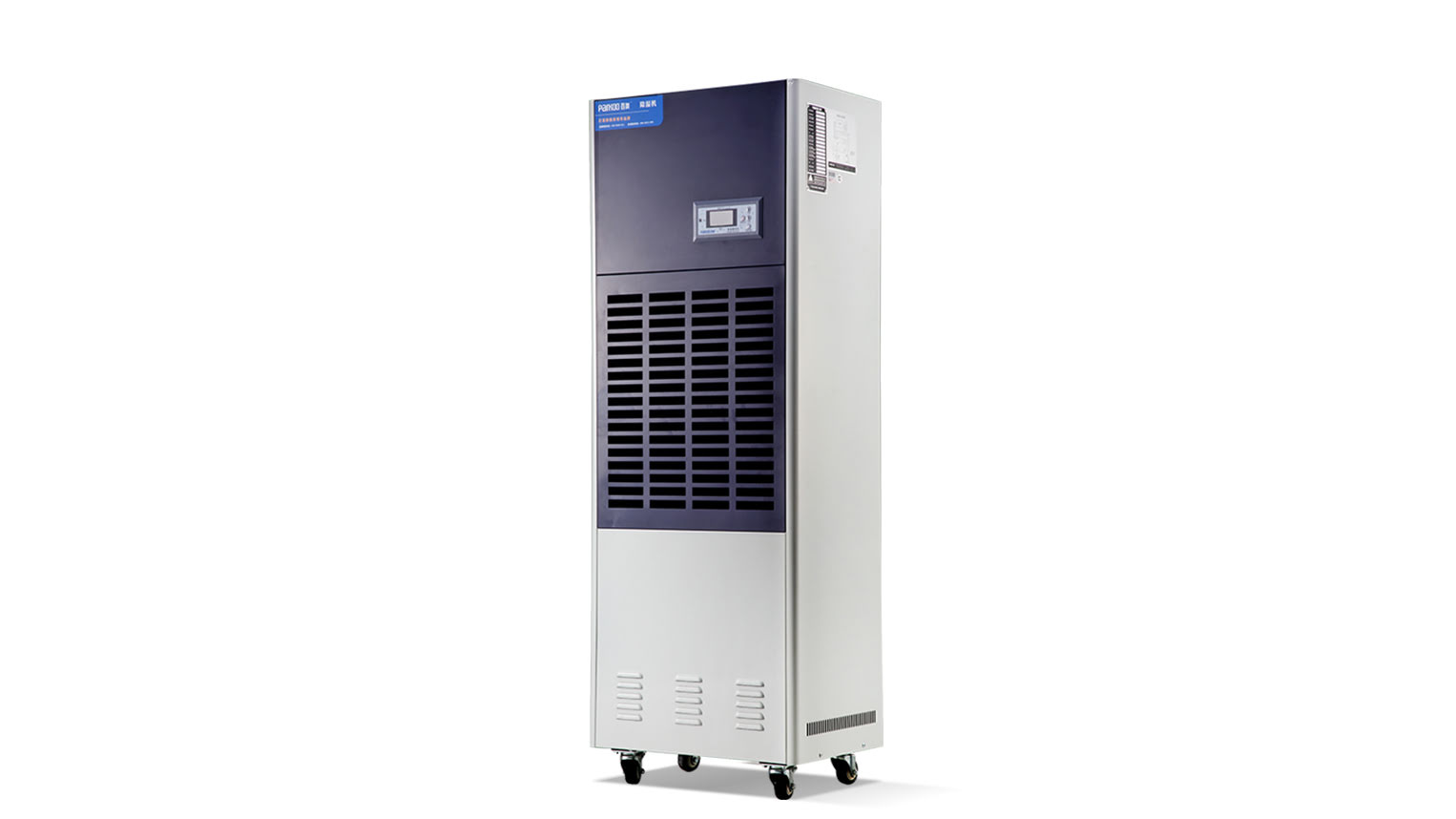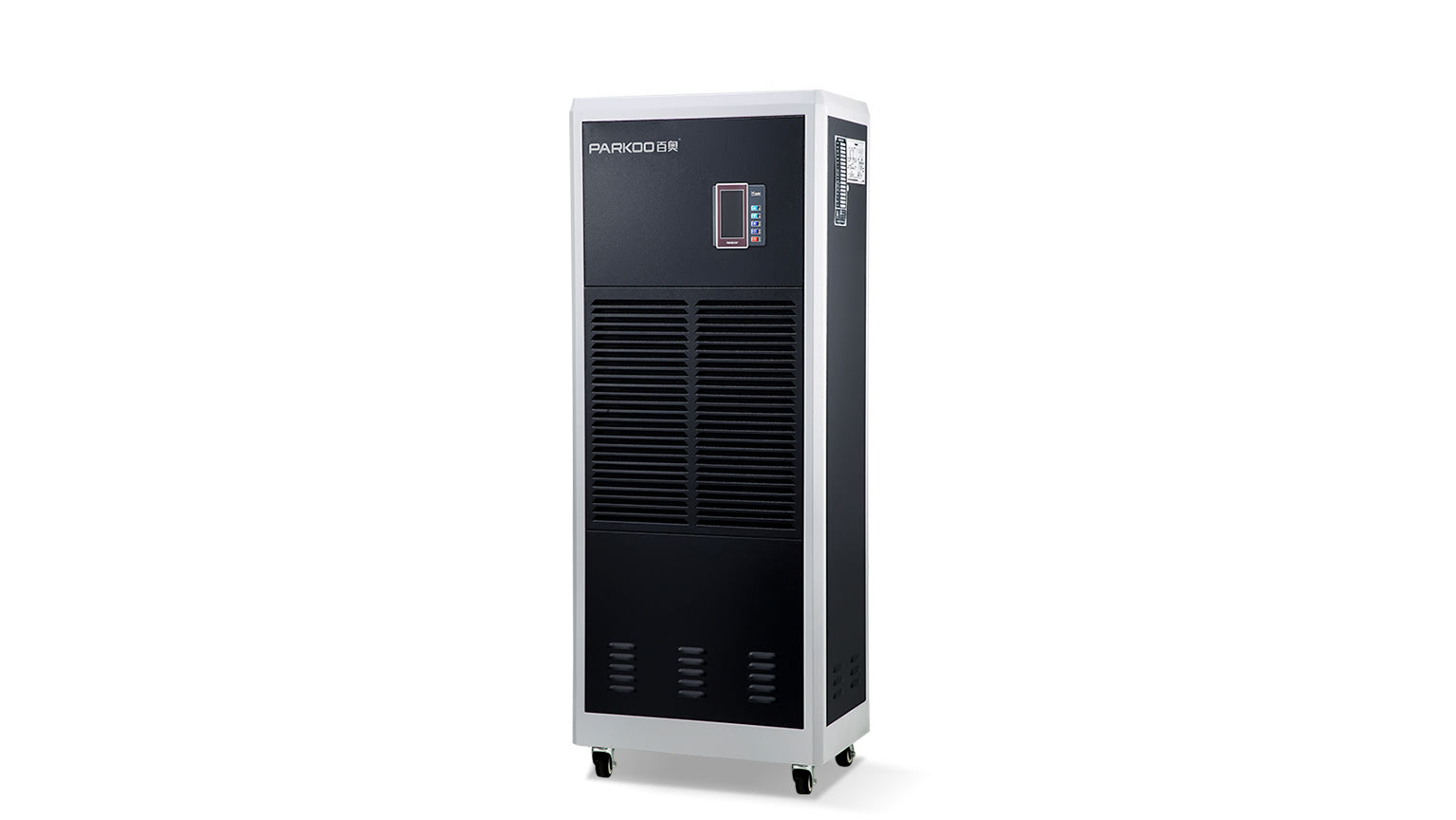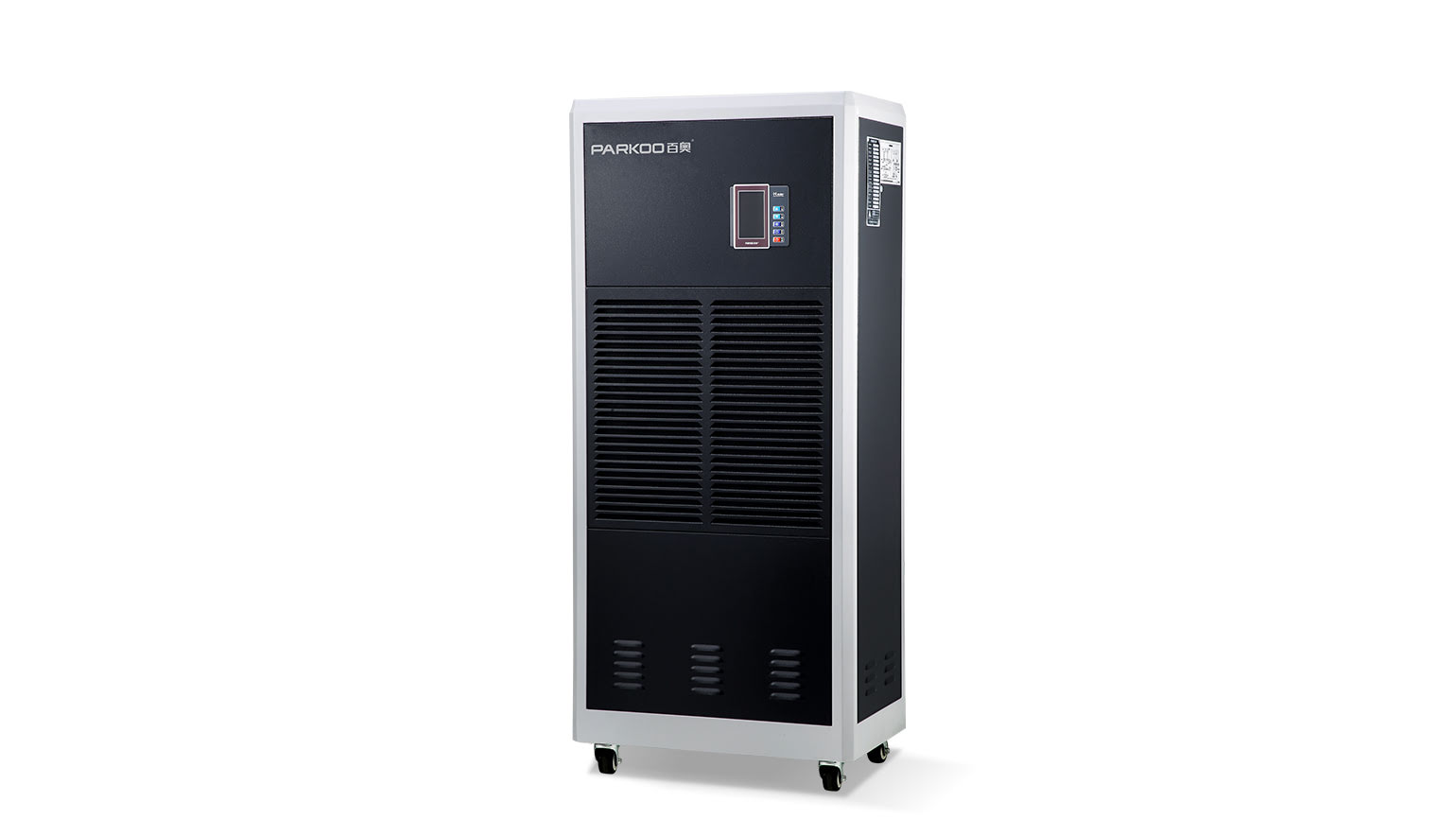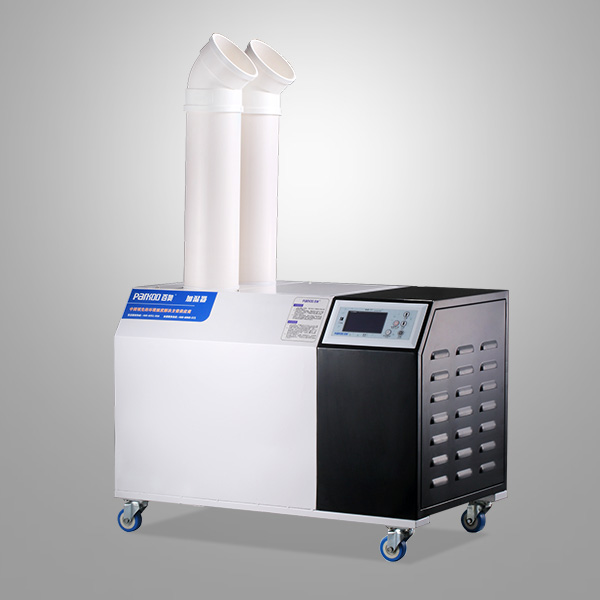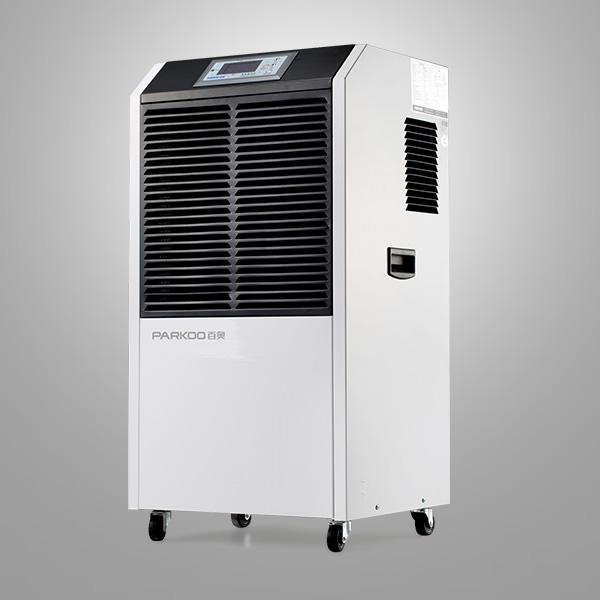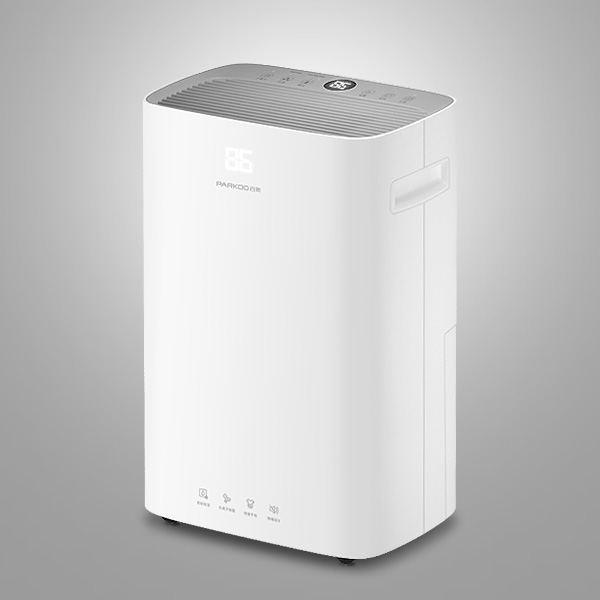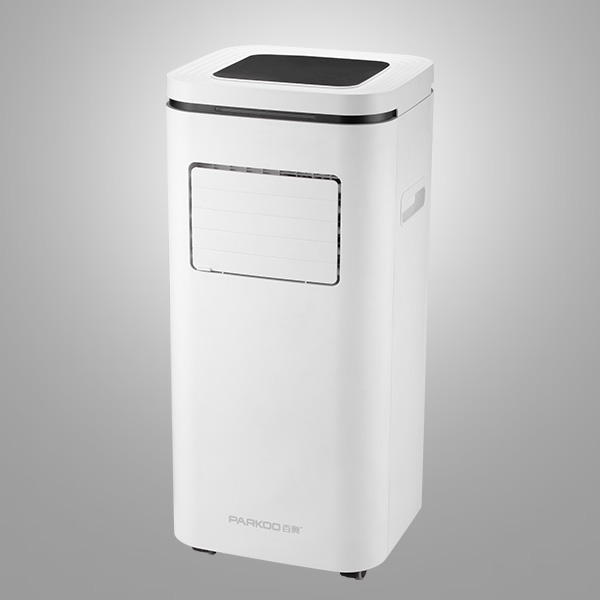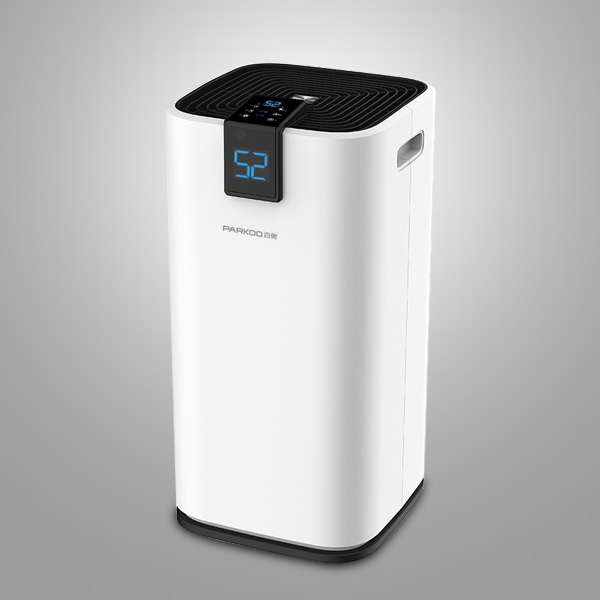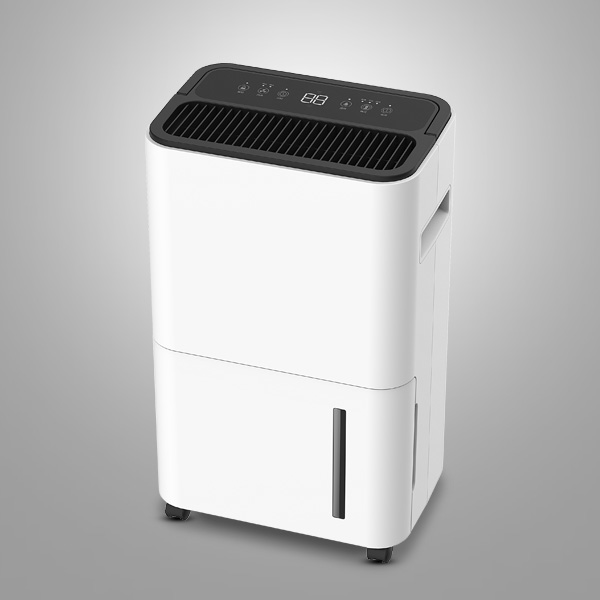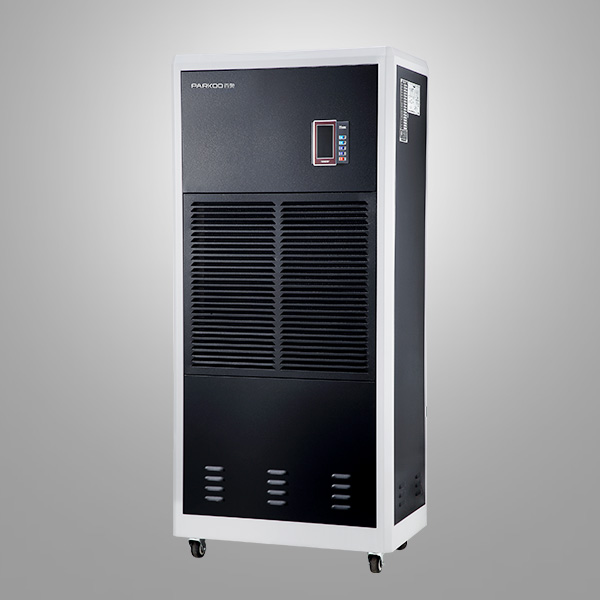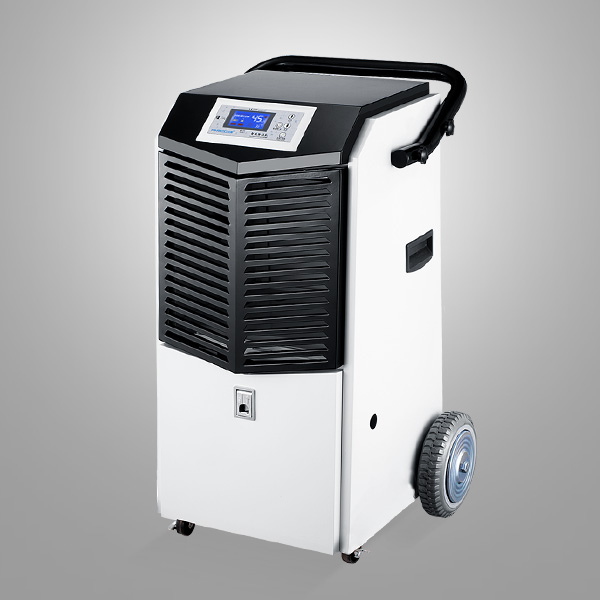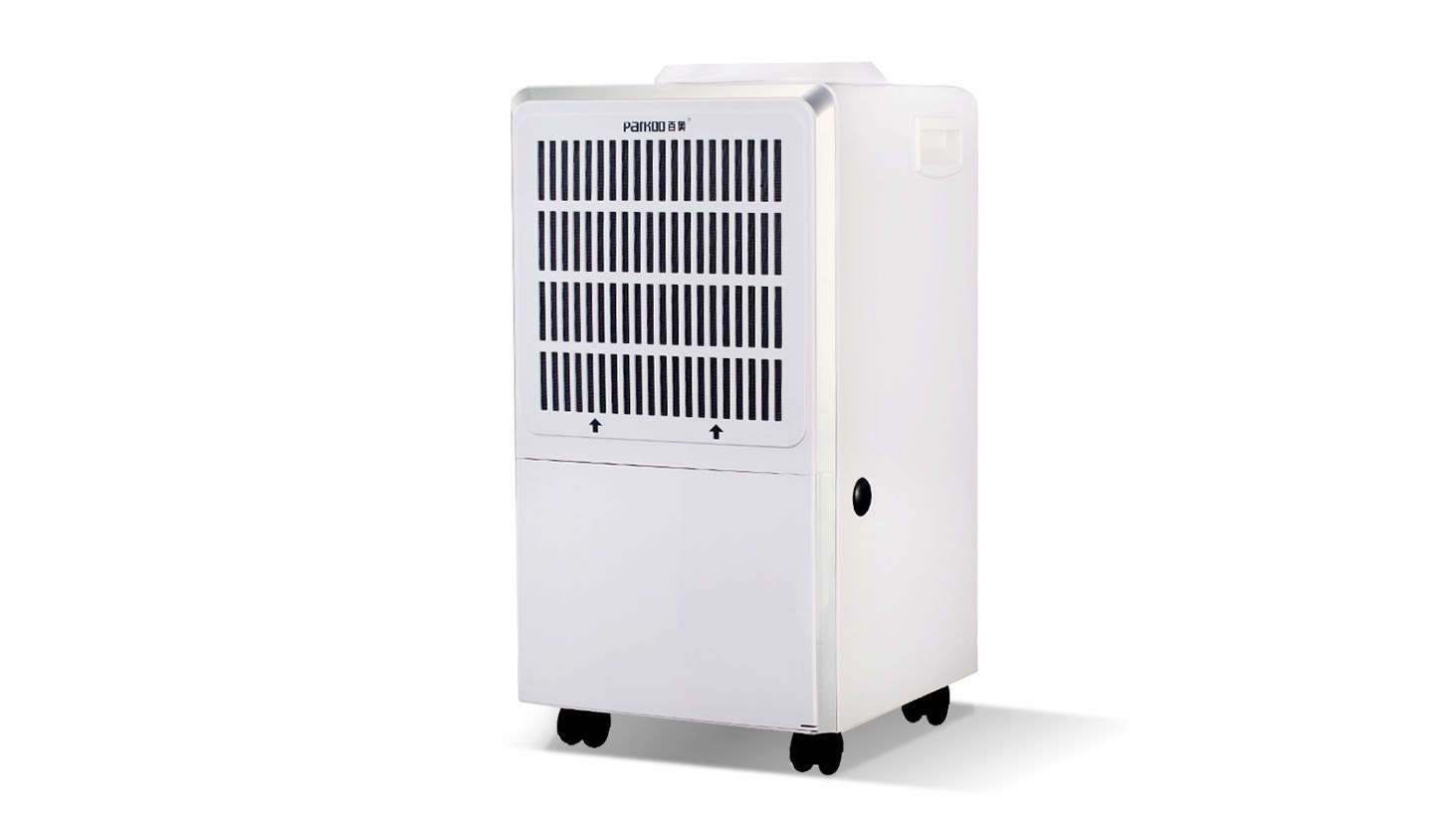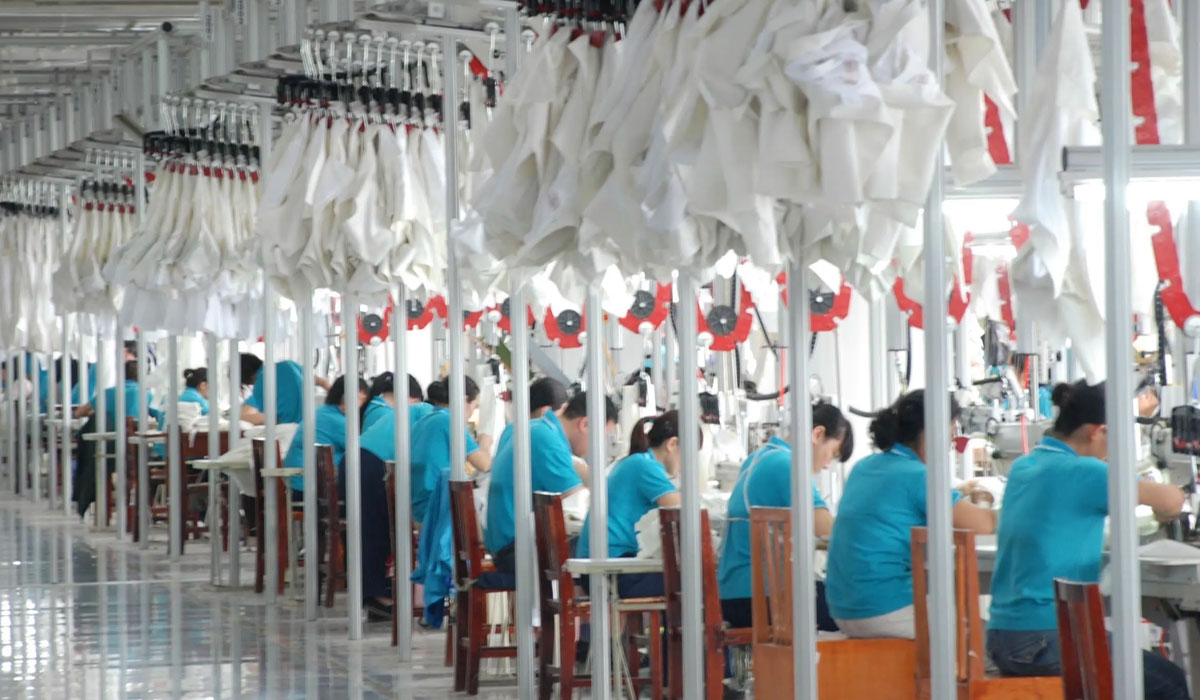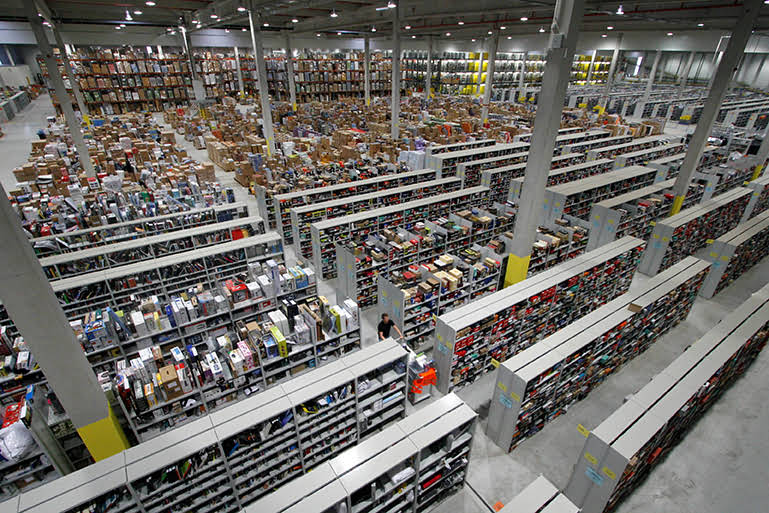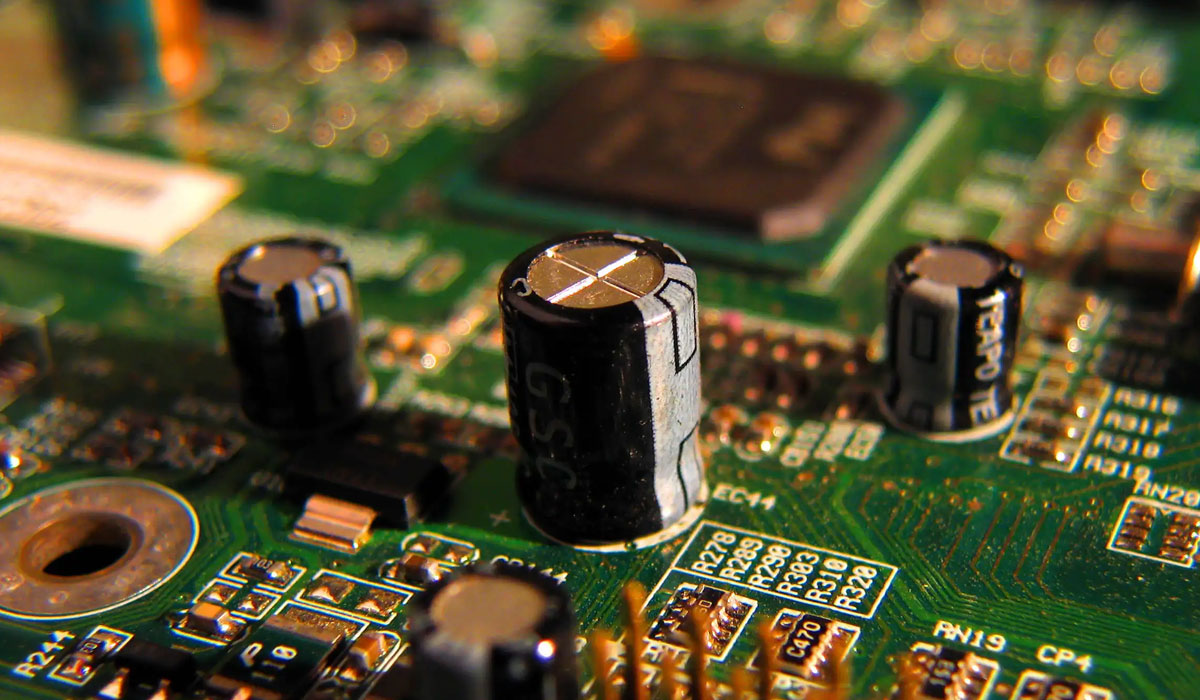Wine should be rested in a place that is not only stylish, but also protects the delicious juice from the harsh environment. Some wine storage is located in underground areas that are naturally cool a...
Wine should be rested in a place that is not only stylish, but also protects the delicious juice from the harsh environment. Some wine storage is located in underground areas that are naturally cool and moist. For most potential storage locations that don't exist, wine cellar refrigeration allows us to store valuable collectibles in any room of the home or restaurant.
Whether you're a designer embarking on a passion project or an architect in a major restaurant wine cellar, here are seven things to consider when creating a climate-controlled environment.
Learn more about wine cellar cooling units
1. There are many types of cooling units
Wine cellar cooling units are freestanding, ducted, ductless and split. The first is the most cost effective and is like a window AC unit. Almost anyone can install a freestanding cooling system.
Ducted systems use ducts similar to your heating and AC system to bring in cool air from a unit located in the maintenance room or outside and draw in hot air from the cellar. Ductless systems use the same premise, but with cooled ducts. Finally, split systems (which can be ducted or ductless) place the evaporator in the cellar and outside the condenser. All ducted and ductless systems require a licensed HVAC installation program.
Air conditioning units are different from wine cooling units
Air conditioning units blow cool air to a certain temperature for a short period of time - a temperature that is usually at least 10 degrees warmer than the ideal wine cellar ambient temperature. Wine cooling units run more frequently, keeping the room at a cooler, constant temperature with no spikes. They also regulate humidity.
3. The perfect wine cellar temperature is 55 degrees, while the target humidity is 70 degrees
There are definitely some personal preferences for space depending on region/storage goals. These are good targets.
A wine cooling unit can only be as good as the bones of the cellar
If you don't isolate the walls correctly (think R17+) and take into account the heat transfer areas (cracks, doors, windows, glass), you will set up the cooling unit to prevent premature failure. For heavy glass walls and displays on doors, expect to double the cooling capacity. Don't forget the vapor barrier (and make sure the installer puts in the outside or warm side of the wall; the opposite of normal construction). Closed-cell foam is a suitable alternative to insulation and vapor barriers.
It changes the budget of your project ...... A lot
Creating a climate-controlled environment costs a lot compared to a passive wine cellar . The obvious difference is the cooling unit itself, which can start at around $2,000 for a standalone machine and creep up depending on the size of the unit. On top of that, expect added costs to properly isolate the space so the cooling unit doesn't fail. However, cost is all that matters in perspective as some wine cellars alone contain hundreds of thousands (if not more) of wine cellars.
6. Wine cellar placement is important
Wine cooling units can only do so much. Removing displays from direct sunlight, hot exterior walls and other heat sources will limit the amount of work required to cool the unit.
7. Difference between storage and service temperatures
A good red wine is usually best enjoyed in the low 60's range. white wines from the 50's are great. Sparkling should be around 48 degrees. There are many individual storage refrigerators that can help provide the temperature.
Long term storage will make red wines colder and white wines warmer than the ideal temperature. While 55 degrees is recommended, keep in mind that the colder the wine is stored, the slower it will age.
Random reading
- Why Supermarkets Need Humidifier Misting Systems
- Special humidifier for film coating machine, equippe...
- Top air dehumidifier, high air volume top air dehumi...
- The Importance of Environmental Temperature and Humi...
- Dehumidifier for food factory sorting workshop and d...
- The best way to dehumidify cold storage, why prefer ...
- EPC coating drying equipment, EPC coating drying roo...
- Dehumidifiers control humidity and create a hygienic...
- Hemp mill humidifier, humidification, dust reduction...
- How can archives be protected against moisture and m...
- Cotton yarn drying equipment, cotton yarn drying deh...
- It's dark and humid at home, which can easily cause ...
- How to keep bread crispy during the cooling process
- Cherry shed dehumidifier, strictly control humidity ...
- Knowledge of dehumidification, moisture-proof, milde...
- Deodorizing machine for public toilets
